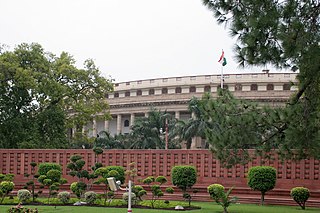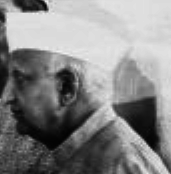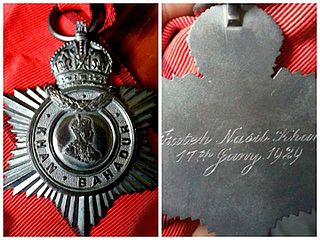This article is missing information about members elected for each party by province.(December 2017) |
| |||||||||||||
105 seats contested | |||||||||||||
|---|---|---|---|---|---|---|---|---|---|---|---|---|---|
| |||||||||||||
 |
|---|
| This article is part of a series on the politics and government of India |
———————
Legislatures: ——————— Urban bodies: |
General elections were held in British India between 28 October and late November 1926 to elect members of the Imperial Legislative Council and the Provincial Legislative Councils. [1]

The British Raj was the rule by the British Crown in the Indian subcontinent from 1858 to 1947. The rule is also called Crown rule in India, or direct rule in India. The region under British control was commonly called British India or simply India in contemporaneous usage, and included areas directly administered by the United Kingdom, which were collectively called British India, and those ruled by indigenous rulers, but under British tutelage or paramountcy, and called the princely states. The whole was also informally called the Indian Empire. As India, it was a founding member of the League of Nations, a participating nation in the Summer Olympics in 1900, 1920, 1928, 1932, and 1936, and a founding member of the United Nations in San Francisco in 1945.

The Imperial Legislative Council was a legislature for British India from 1861 to 1947. It succeeded the Council of the Governor-General of India, and was succeeded by the Constituent Assembly of India and after 1950, was succeeded by Parliament of India.
Contents
- Results
- Central Legislative Assembly
- Members of Central Legislative Assembly
- Officials
- Nominated Non-Officials
- Elected Non-Officials
- Elected Members of Council of State
- References
The Swaraj Party were victorious in Provincial Council elections in Bengal and Madras, and also made gains in Bihar and Orissa. However, at the national level the party saw their number of seats reduced. [2]
The Swaraj Party was established as the Congress-Khilafat Swaraj Party. It was a political party formed in India in January 1923 after the Gaya annual conference in December 1922 of the National Congress, that sought greater self-government and political freedom for the Indian people from the British Raj. It was inspired by the concept of Swaraj. In Hindi and many other languages of India, swaraj means "independence" or "self-rule." The two most important leaders were Chittaranjan Das, who was its president and Motilal Nehru, who was its secretary.
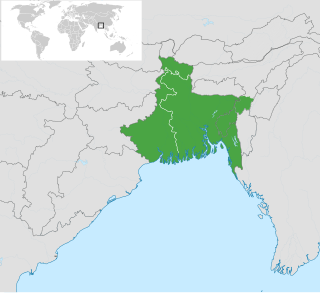
Bengal is a geopolitical, cultural and historical region in South Asia, specifically in the eastern part of the Indian subcontinent at the apex of the Bay of Bengal. Geographically, it is made up by the Ganges-Brahmaputra delta system, the largest such formation in the world; along with mountains in its north bordering the Himalayan states of Nepal and Bhutan and east bordering Burma.

Bihar is state in eastern India. It is the thirteenth-largest Indian state, with an area of 94,163 km2 (36,357 sq mi). The third-largest state by population, it is contiguous with Uttar Pradesh to its west, Nepal to the north, the northern part of West Bengal to the east, with Jharkhand to the south. The Bihar plain is split by the river Ganges, which flows from west to east. Three main regions converge in the state: Magadh, Mithila, and Bhojpur.

